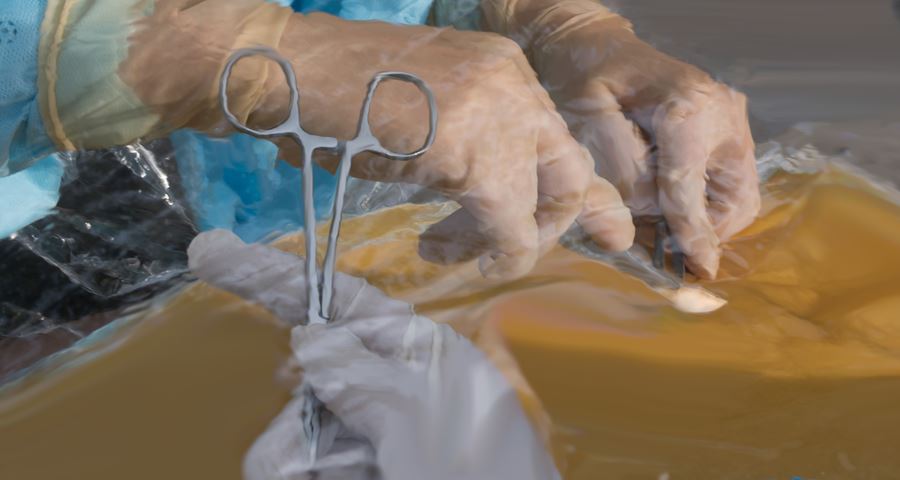How might we provide immediate medical care to those who have no access to medical facilities?
5 billion people worldwide have no access to safe and sterile surgical care, and 18 million people die each year due to lack of safe and clean surgery. In addition to these patient risks, 85,000 medical service providers annually are infected from exposure to bodily fluid splashes and aerosols. SurgiBox aims to make surgery safer in these contexts by reducing intra-operative air/skin contamination for patients and by reducing provider exposure to bodily fluid exposure.
SurgiBox is a patient sized operating “room” that can be used anywhere. This fully-portable system allows the surgery to take place in a localized, sterile, enclosed space. It includes a disposable patient-contacting liner and plastic enclosure, a portable filtration system, and a support frame.
SurgiBox is designed to be used in settings with:
underdeveloped surgical infrastructure
damaged or overwhelmed surgical infrastructure due to manmade or natural disasters
a need for out of operating room procedures in case (emergency procedure)
existing operating rooms with no environmental controls
One of main challenges was finding the right material for the main enclosure. The current prototype material balances the need for for optical clarity, minimal glare, and elasticity.
The early vision for SurgiBox was “an operating room in a backpack”. Portability remains a key design requirement because the easier it is for SurgiBox to be carried, the better it can be used by doctors and surgeons out in the field.
This curve represents the skills I practiced and strengthened through my work on this project.





